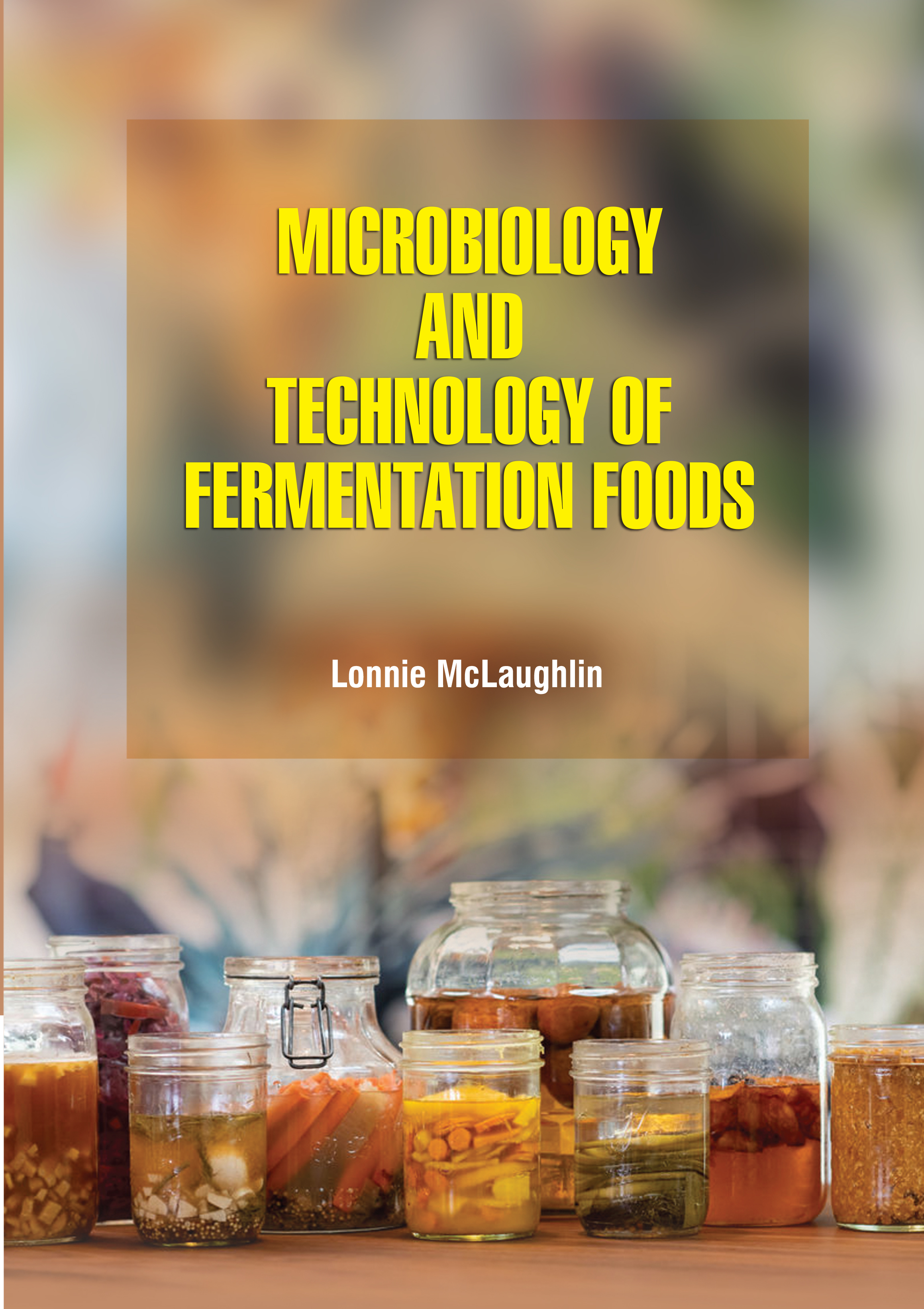
Microbiology and Technology of Fermentation Foods
by Lonnie Mclaughlin
| ISBN | 9789372426991 |
|---|---|
| Publisher | Digital Drive Learning |
| Copyright Year | 2026 |
| Price | $273.00 |

by Lonnie Mclaughlin
| ISBN | 9789372426991 |
|---|---|
| Publisher | Digital Drive Learning |
| Copyright Year | 2026 |
| Price | $273.00 |
The popularity of fermented foods and beverages is due to their enhanced shelf-life, safety, functionality, sensory, and nutritional properties. The latter includes the presence of bioactive molecules, vitamins, and other constituents with increased availability due to the process of fermentation. Many fermented foods also contain live microorganisms that may improve gastrointestinal health and provide other health benefits, including lowering the risk of type two diabetes and cardiovascular diseases. The number of organisms in fermented foods can vary significantly, depending on how products were manufactured and processed, as well as conditions and duration of storage. Food fermentation is the conversion of sugars and other carbohydrates into alcohol or preservative organic acids and carbon dioxide. All three products have found human uses. The production of alcohol is made use of when fruit juices are converted to wine, when grains are made into beer, and when foods rich in starch, such as potatoes, are fermented and then distilled to make spirits such as gin and vodka. The production of carbon dioxide is used to leaven bread. The production of organic acids is exploited to preserve and flavor vegetables and dairy products. Food fermentation is a food processing technology that utilizes the growth and metabolic activity of microorganisms for the stabilization and transformation of food materials. Fermentation was primarily developed for the stabilization of perishable agricultural produce. Notwithstanding, the technology has evolved beyond food preservation into a tool for creating desirable organoleptic, nutritional, and functional attributes in food products. This book covers innovations in starter culture, production of health beneficial fermented food products, technological intervention in beer, wine and spirits production, marketing of alcoholic beverages, modernization of dairy plants for production of fermented dairy products, non-diary probiotics, development of automatic fermenters, and packaging technology.